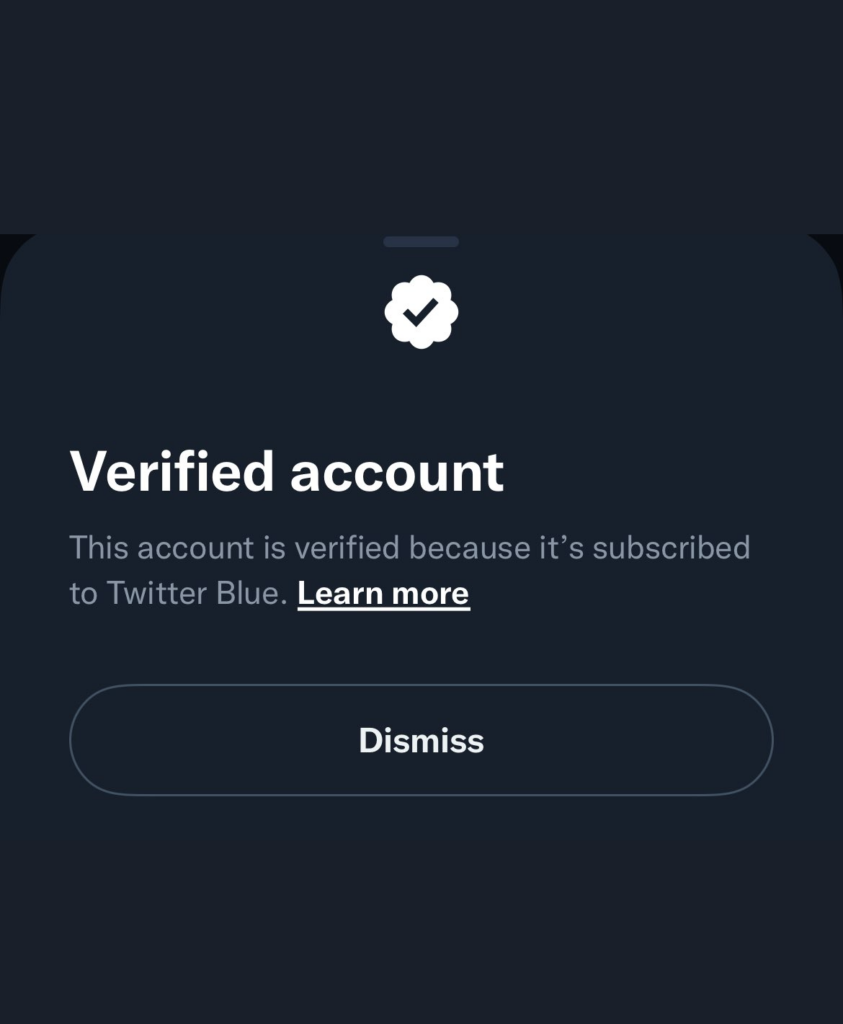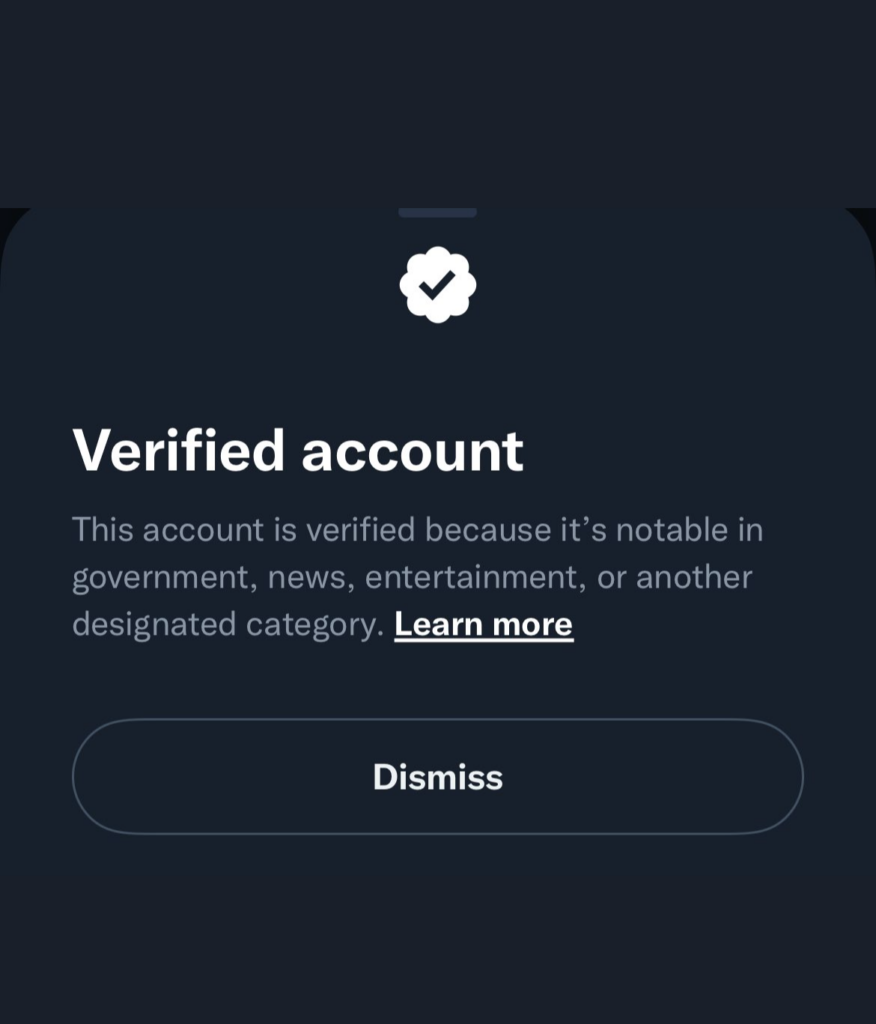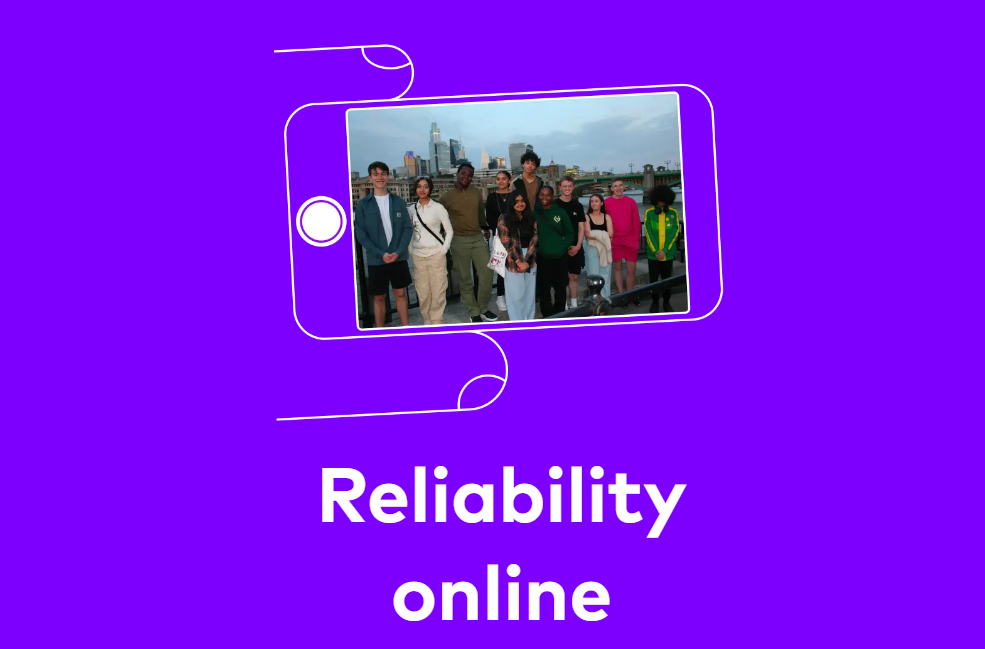
On 9th November, Twitter released ‘Twitter Blue’ a new service where, for $8 (£6.99) per month, users can pay to have a verified ‘Blue Tick’ on their profile.
Across other social media sites, and historically on Twitter, blue ticks have been reserved for verified accounts, to show that the user is the person or organisation that they say that they are. In many cases this is obtained by submitting a request for verification with proof of identity, and a reason for needing verification. This style of obtaining verification has enabled people to have more confidence in who messages are coming from and thus in the messages themselves.
As well as verification via Twitter Blue, Twitter will still be showing ‘legacy verification’ for accounts they say are ‘notable in government, news, entertainment or another designated category’.
Notably, both types of verified accounts will display the same ‘blue tick’ on their profile.
Why are blue ticks important?
During Childnet education sessions with children and young people, we talk about verification, and blue ticks, as a way of recognising official accounts or those of people whose identity has been confirmed.
This doesn’t mean that everything they say is guaranteed to be 100% truthful or trustworthy, but does mean that they are the celebrity or organisation they say they are.
If users can no longer can use this as a point of reference, it may become more difficult to tell which accounts are the ones they want to follow and trust.
The two blue ticks of Twitter
There are now two types of verification on Twitter, these are:
- Twitter Blue: An account is verified because they pay $8 (£6.99) a month to be so.
- Legacy verification: An account is verified because it is notable in government, news, entertainment or another designated category.
Twitter have said that both types of verification may be taken away at any time, if the account has violated any of the Twitter Rules. This includes rules about spam, ban evasion or impersonation.
How can you tell which accounts are part of Twitter Blue?
When you click on a profile with a blue badge on Twitter you cannot initially tell what type of verification the account has, as they both show the same icon.
However, if you click on the blue tick icon whilst on a user’s profile it will tell you whether the account is verified because of who the person or organisation is, or instead if it is verified because they pay for Twitter Blue.


What impact could Twitter Blue have?
We recognise that the blue tick has played an important role and been a key tool for social media users, including young people. The introduction of Twitter Blue raises a few immediate concerns relating to online safety, including:
Misinformation: Where more accounts are seen as ‘verified’ there is space for confusion and thus potentially for misinformation to spread. For many people, verification is synonymous with trustworthy, and with more accounts being seen in this way there is space for individuals to spread their opinions or false information as fact.
Priority notifications: As part of Twitter Blue, twitter have introduced ‘Priority verified notifications’. This is a section of Twitter when any user can see notifications from verified accounts, even if they are not following them. This could expose young people to content from accounts that are not in their interest, or that could cause distress or confusion.
Impersonation: On Twitter, people can change their display names to be the same as others. This means that if there were to be two accounts named ‘Childnet’ both with a blue tick, it could become difficult for others to see which is the real account, and which may be satire or impersonation.
Currently, those subscribed to Twitter Blue will not be able to change their display name after they have received their blue tick – Twitter have said they are implementing a new process for this soon.
The changes around Twitter Blue is fast moving and changes may happen at short-notice and very quickly in this area. At Childnet we will continue to work to keep up to date on any developments in this space.


